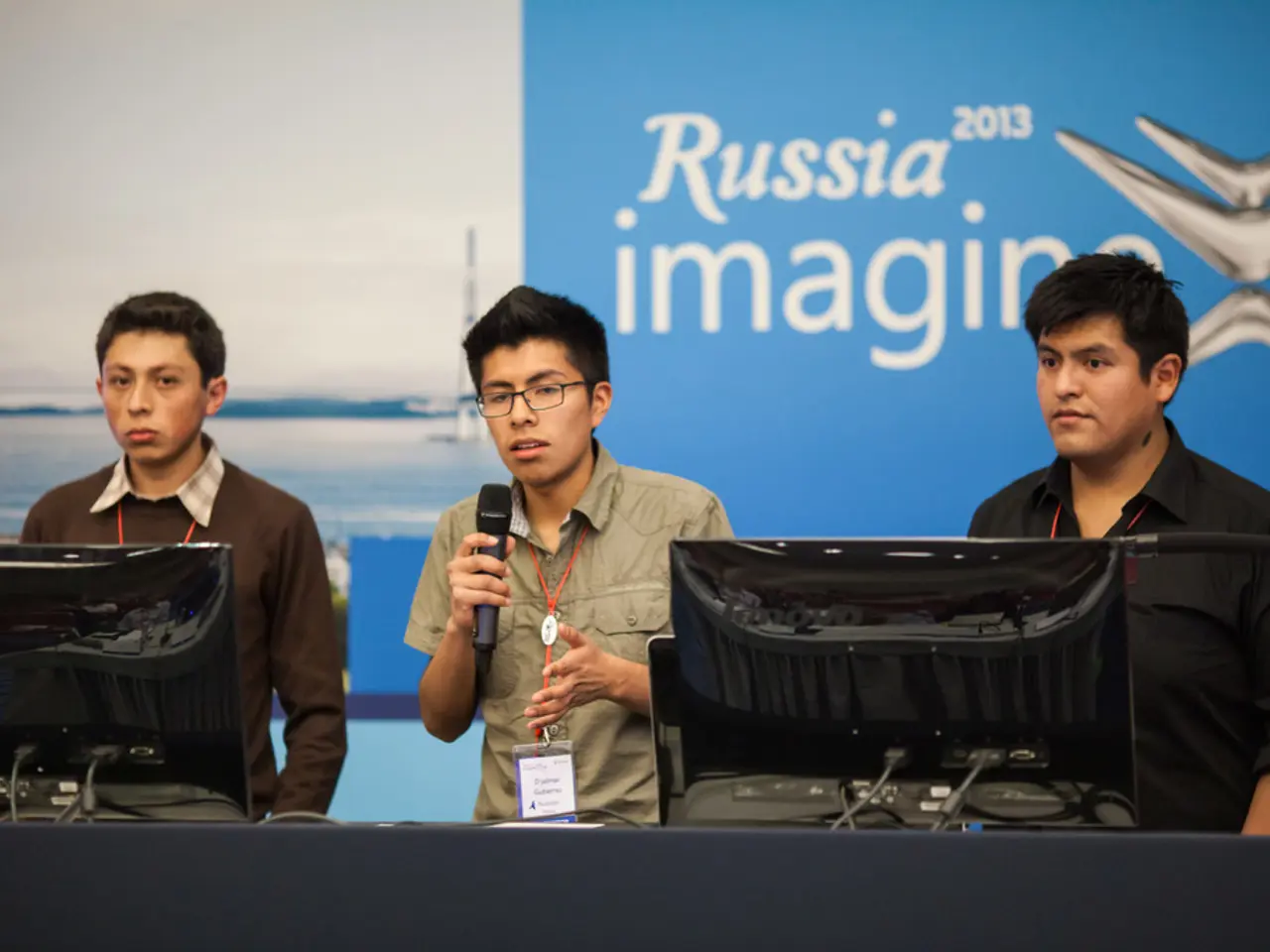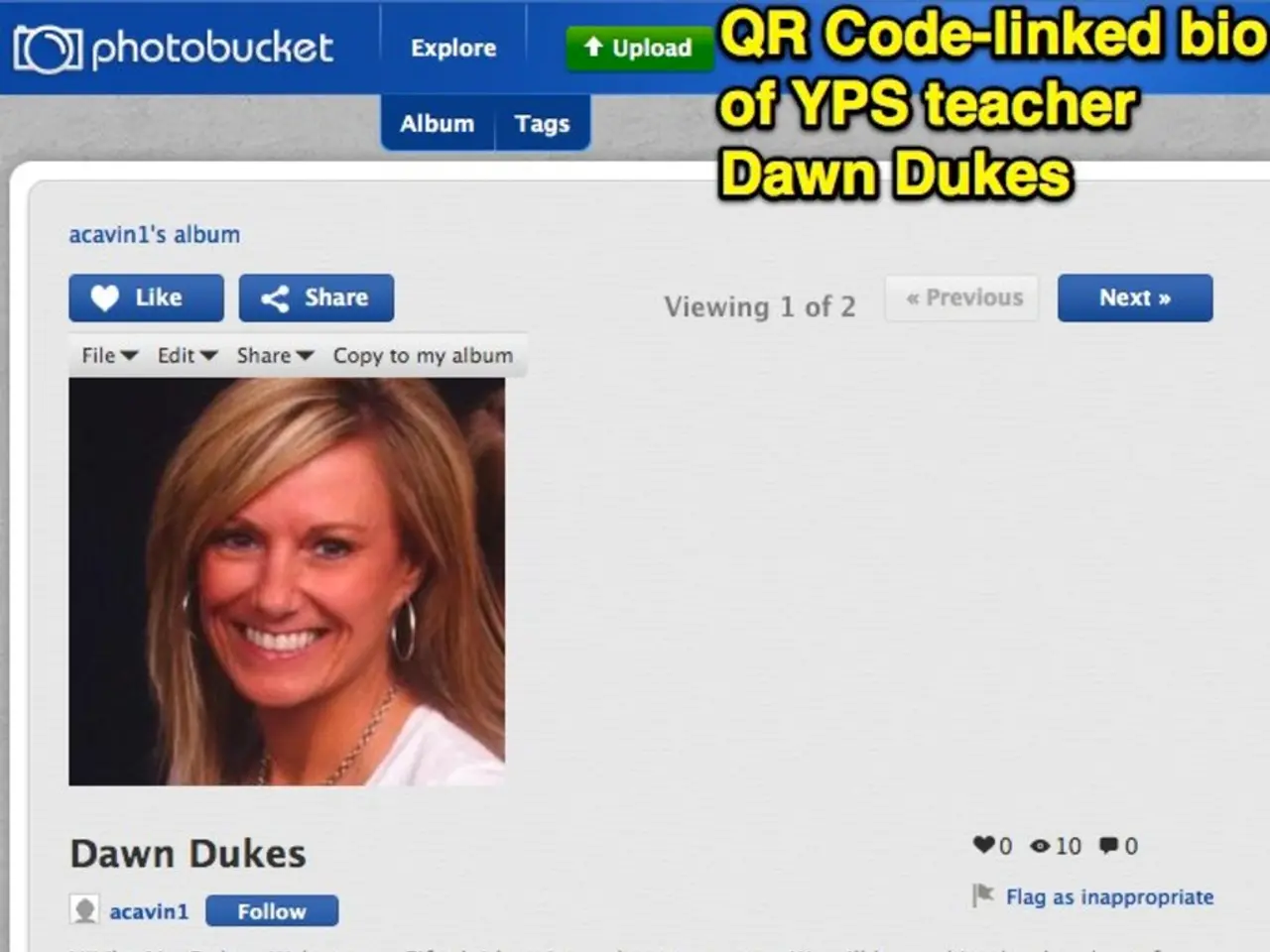Migrants who break the law will be returned: Proposed Migrant Identification system by the "New People" party set to debut in Russia
The Russian government has implemented a new digital and biometric identification system called "Migrant ID" for foreign nationals entering and residing in Russia. This system, announced by the "New People" party and State Duma deputy Alexei Nechayev, is designed to bring order to migration across the country, including in the Zabaykalsky region.
### Key Features of the Migrant ID System
Foreign nationals, including those entering visa-free, are required to create or update a digital profile via the ruID app or Russia’s unified government portal (*Gosuslugi*). This profile includes personal details, passport photos, facial and voice biometric data, employment, and visa status.
Travelers eligible for visa-free entry must submit an electronic application for travel authorization at least 72 hours before arrival, receiving a QR code linked to their digital profile. This QR code serves as a personalized electronic permit to enter and move within Russia.
Upon entry, biometric data such as fingerprints and facial photos may be collected at border crossings to update or verify the national biometric database.
The electronic application is valid for 90 days. Travelers not making the trip within that time frame must reapply. Exceptions allow emergency applications up to 4 hours before arrival.
The digital profile links to multiple state services such as social security (SNILS), tax identification (INN), employment records, work permits, and visa information. It also facilitates access to notifications and document processing.
### Fees and Requirements
While the exact fees for the Migrant ID or electronic travel authorization are not specified, the ruID app is freely available for download, and the process is done electronically, minimizing traditional paperwork. Fees are typically associated with visas or work permits, which are linked to the digital profile.
### Implications on Migration and Border Control
The system modernizes border control by shifting to digital and biometric verification, increasing security and decreasing fraud. Authorities can better track entries, exits, residency, employment, and migration status in real-time, improving regulation of migrants and visitors.
Migrants and visitors have a unified platform to view and manage their legal status, documents, and notifications, facilitating easier compliance with Russian regulations. While initially voluntary for tourists, the electronic travel authorization becomes a prerequisite for visa-free entry, potentially making travel more bureaucratic but also safer.
Collection of biometric data on a large scale will enhance Russia's national identity and security infrastructure, but raises privacy and data protection considerations.
The Migrant ID system primarily digitizes and biometricizes foreign national entry and residence processes in Russia, aiming for tighter border security, better migration control, and integration of various legal and employment services into one digital profile. The application fee for the Migrant ID system is 5,000 rubles. Migrants will be required to submit various information, including biometrics, education and criminal records, health information, insurance certificates, work certificates, mobile numbers, property and vehicle ownership information, to obtain the Migrant ID. The system is part of the President's decree on the creation of a "Digital Profile of a Foreign Citizen," signed on July 9.
- The Migrant ID system, introduced by the "New People" party and State Duma deputy Alexei Nechayev, is a significant step in Russian politics, aiming to bring order to general-news aspects such as migration across the country by modernizing border control through digital and biometric verification.
- This system, which is part of the President's decree on the creation of a "Digital Profile of a Foreign Citizen," is designed not only to enhance Russia's national identity and security infrastructure but also to make it easier for migrants and visitors to view and manage their legal status, documents, and notifications, thereby facilitating compliance with Russian regulations.




